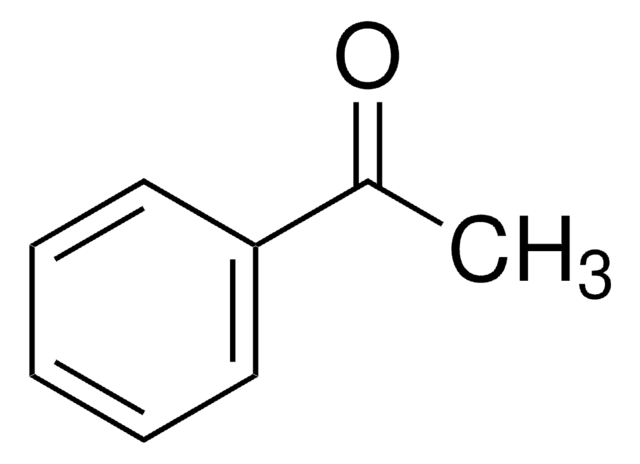おすすめの製品
品質水準
アッセイ
≥95% (SDS-PAGE)
フォーム
liquid
メーカー/製品名
Calbiochem®
保管条件
OK to freeze
avoid repeated freeze/thaw cycles
保管温度
−70°C
詳細
Prepared by reacting BSA with glycoaldehyde under sterile conditions. Glycated-BSA shows a 5,000 - 10,000% increase in fluorescence as compared to normal BSA (confirmed by fluorescence spectrophotometry, excitation/emission 370/440 nm). AGE-BSA has been reported to induce apoptosis in cultured human umbilical vein endothelial cells and inhibit nitric oxide synthase activity in proximal tubular epithelial cells. Advanced glycation end products and their receptors have been implicated in the pathogenesis of diabetes, induction of proinflammatory cytokines, and stimulation of smooth muscle proliferation, and fibronectin production.
Prepared by reacting bovine serum albumin (BSA) with glycoaldehyde under sterile conditions. Fluorescence of AGE-BSA is confirmed by fluorescence spectrophotometry, excitation/emission = 370/440 nm. Glycated BSA shows a 5000-10,000% increase in fluorescence compared to control BSA. AGE and their receptors have been implicated in the pathogenesis of diabetes, induction of pro-inflammatory cytokines, and stimulation of smooth muscle proliferation and fibronectin production. AGE-BSA has also been shown to induce apoptosis in cultured human umbilical vein endothelial cells (HUVEC) and inhibit nitric oxide synthase activity in proximal tubular epithelial cells of the kidney.
警告
Toxicity: Standard Handling (A)
物理的形状
In sterile-filtered PBS.
その他情報
Okamoto, T., et al. 2002. Microvasc. Res.63, 186.
Ohgami, N., et al. 2001. J. Biol. Chem.276, 3195.
Wang, R., et al. 2001. J. Nippon Med. Sch.68, 472.
Sakata, N., et al. 2000. J. Atheroscler. Thromb.7, 169.
Verbeke, P., et al. 2000. Biochim. Biophys. Acta1502, 481.
Farboud, B., et al. 1999. Mol. Vis.5, 11.
Huang, J.-S., et al. 1999. Biochem. J.342, 231.
Min, C., et al. 1999. Diabetes Res. Clin. Pract.46, 197.
Neumann, A., et al. 1999. FEBS Lett.453, 283.
Stitt, A.W., et al. 1999. Biochem. Biophys. Res. Commun.256, 549.
Nazaimoon, W. and Bak, K. 1998. Malays. J. Pathol.20, 83.
Ohgami, N., et al. 2001. J. Biol. Chem.276, 3195.
Wang, R., et al. 2001. J. Nippon Med. Sch.68, 472.
Sakata, N., et al. 2000. J. Atheroscler. Thromb.7, 169.
Verbeke, P., et al. 2000. Biochim. Biophys. Acta1502, 481.
Farboud, B., et al. 1999. Mol. Vis.5, 11.
Huang, J.-S., et al. 1999. Biochem. J.342, 231.
Min, C., et al. 1999. Diabetes Res. Clin. Pract.46, 197.
Neumann, A., et al. 1999. FEBS Lett.453, 283.
Stitt, A.W., et al. 1999. Biochem. Biophys. Res. Commun.256, 549.
Nazaimoon, W. and Bak, K. 1998. Malays. J. Pathol.20, 83.
法的情報
CALBIOCHEM is a registered trademark of Merck KGaA, Darmstadt, Germany
保管分類コード
12 - Non Combustible Liquids
WGK
WGK 2
引火点(°F)
Not applicable
引火点(℃)
Not applicable
適用法令
試験研究用途を考慮した関連法令を主に挙げております。化学物質以外については、一部の情報のみ提供しています。 製品を安全かつ合法的に使用することは、使用者の義務です。最新情報により修正される場合があります。WEBの反映には時間を要することがあるため、適宜SDSをご参照ください。
Jan Code
121800-10MG:
121800-10MG-M:
121800-MG:
試験成績書(COA)
製品のロット番号・バッチ番号を入力して、試験成績書(COA) を検索できます。ロット番号・バッチ番号は、製品ラベルに「Lot」または「Batch」に続いて記載されています。
ライフサイエンス、有機合成、材料科学、クロマトグラフィー、分析など、あらゆる分野の研究に経験のあるメンバーがおります。.
製品に関するお問い合わせはこちら(テクニカルサービス)








